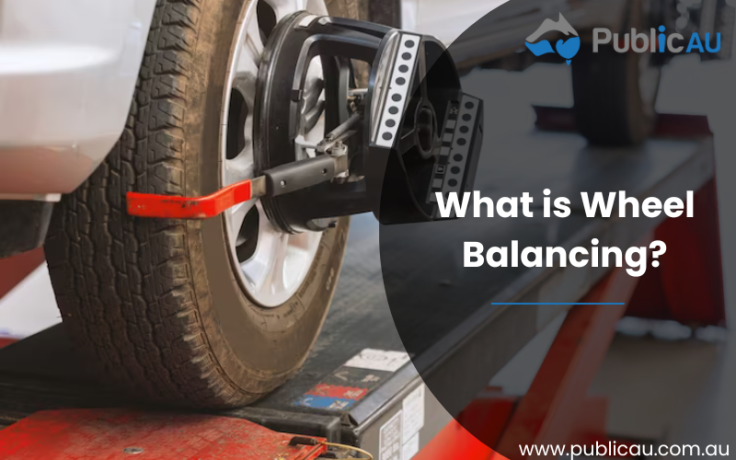
In this blog post, we’ll break down you an idea of what to expect when it comes to different types of wheel alignments, and provide some helpful tips on how to save money in the process.
How Much Does a Wheel Alignment Cost?
On average, a standard wheel alignment can cost anywhere between $50 to $150. The cost may also increase if your vehicle requires specialised equipment or techniques for alignment.
Signs that Your Car Needs Wheel Alignment
1. Uneven Tyre Wear
If you notice that one or more tyres show significantly more wear on one side than the other, it’s a clear indication of misaligned wheels. This type of wear typically occurs when there is too much toe-in or toe-out (the angle at which the tyres meet the road) in your vehicle’s wheels.
2. Pulling to One Side
Another sign of misaligned wheels is when your car pulls to one side while driving. You may feel like you’re constantly fighting against your steering wheel to keep the vehicle straight on the road. This issue occurs due to unequal camber (the tilt of the wheels) on either side of your car, causing it to veer off in one direction.
3. Vibrations in Steering Wheel
If you feel vibrations in your steering wheel while driving at high speeds, it’s an indication that your wheels are out of balance. When tyres are not balanced correctly, they can cause vibrations that transfer through the steering wheel and into the car. This issue can also be felt in the seat and floor of the vehicle.
4. Crooked Steering Wheel
A crooked steering wheel is another telltale sign of misaligned wheels. If you’re driving straight on a level road, your steering wheel should be perfectly centered. However, if you notice that it’s off-center to one side, it means your wheels are not aligned correctly.
5. Excessive Tyre Wear
Besides uneven tyre wear, excessive tyre wear is another sign that your car needs a wheel alignment or balancing. Over time, driving with misaligned wheels can cause your tires to wear out faster than usual, resulting in needing to replace them more frequently.
6. Decreased Fuel Efficiency
If you’ve noticed that your car’s fuel efficiency has decreased significantly, it could be due to misaligned wheels or unbalanced tyres. When these issues exist, your car has to work harder to overcome the resistance caused by uneven tyre wear or vibrations, ultimately leading to increased fuel consumption.
If you notice any of these signs in your vehicle, it’s essential to go for wheel alignment service as soon as possible. Neglecting these issues can not only lead to costly repairs but also compromise your safety on the road.
Factors Affecting the Cost of Wheel Alignment and Balancing
There are several factors that can affect the cost and time for wheel alignment and balancing, which is why it’s important to understand these variables when budgeting for this service.
1. Type of Vehicle
The type of vehicle you own plays an important role in determining the cost and time for wheel alignment and balancing. Generally, larger vehicles such as trucks, SUVs, and commercial vans require more time and effort to align and balance their wheels compared to smaller cars.
This is because they have more complex suspension systems and heavier components that need to be adjusted during the alignment process. As a result, you can expect to pay more for these types of vehicles.
2. Number of Wheels
The number of wheels being aligned and balanced also affects the overall cost. Most vehicles have four wheels that need to be aligned and balanced, but some larger vehicles may have six or even eight wheels.
The more wheels that need attention, the longer it will take for the mechanic to complete the job, thus increasing the cost.
3. Severity of Misalignment
If your wheels are severely misaligned or unbalanced due to wear and tear or accidents, it will require extra time and effort from the mechanic to correct them properly. This could include replacing damaged parts or performing additional adjustments beyond a standard wheel alignment procedure.
The severity of misalignment is typically determined during the initial inspection, and any necessary repairs or adjustments will add to the overall cost.
4. Location
The location of the service provider can also affect the cost of wheel alignment and balancing. Prices may vary depending on where you live, as labor costs and overhead expenses differ from one region to another.
It’s always a good idea to research and compare prices from different shops in your area to find the best deal.
Conclusion:
It is recommended to have your wheels aligned every 6 months or 6,000-10,000 miles. However, if you notice any signs of misalignment such as uneven tread wear or pulling to one side while driving, it is best to get your wheels checked immediately.



